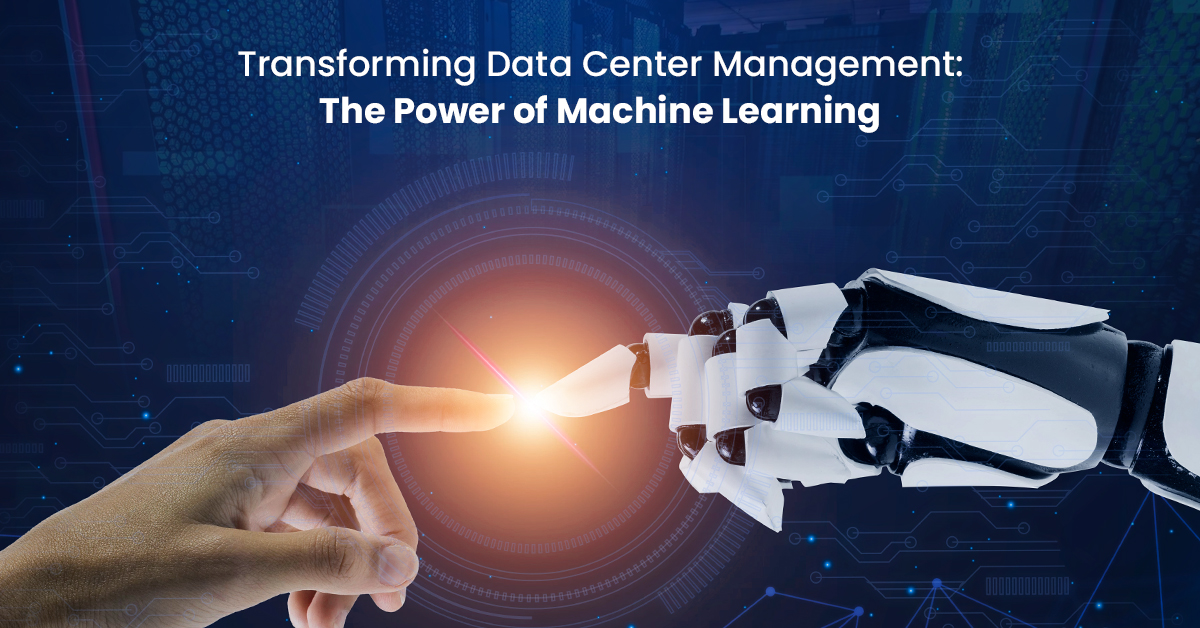The digital age has given rise to colossal amounts of data. Behind the scenes of our interconnected world are data centers, which serve as the backbone of modern industries. With the increasing complexity and scale of data centers, managing them has become more intricate than ever. Enter Machine Learning (ML) – a technology that promises to bring about a seismic shift in the landscape of data center management.
Machine Learning at a Glance
At its core, Machine Learning is a subset of artificial intelligence (AI) that provides systems the ability to learn and improve from experience without being explicitly programmed. By using algorithms and statistical models, ML can identify patterns and make predictions based on vast amounts of data.
Why Machine Learning in Data Centers?
Traditional data center management techniques often rely on manual processes, human judgment, and static rule-based systems. These methods are becoming increasingly inadequate due to:
Scale of Operations: Modern data centers are enormous, making it challenging to monitor every aspect manually.
Dynamic Workloads: With the advent of cloud services, workloads can change rapidly, requiring adaptable solutions.
Energy Efficiency Concerns: The ecological footprint of data centers is a significant concern, urging the need for sustainable operations.
Machine Learning addresses these challenges head-on.
Benefits of Machine Learning in Data Center Management
Predictive Maintenance: By analyzing historical data, ML can predict when equipment is likely to fail, ensuring timely maintenance and minimizing downtime.
Optimized Cooling: ML algorithms can assess and adjust cooling parameters in real time, achieving maximum efficiency while conserving energy.
Load Balancing: With real-time analytics, ML facilitates dynamic load balancing, optimizing server usage, and ensuring seamless performance.
Anomaly Detection: Machine Learning can detect unusual patterns, providing alerts for potential security breaches or system failures.
Limitations and Challenges
Despite its potential, integrating Machine Learning into data center management is not without challenges:
Data Quality: ML algorithms require high-quality data for accurate predictions. Poor data can lead to incorrect decisions.
Infrastructure Investment: Implementing ML solutions might require significant initial investment in infrastructure and training.
Over-reliance: While ML can be highly effective, over-relying on it without human oversight can be risky.
Future Prospects
With continuous advancements in AI and ML, their role in data center management is only set to expand. We can anticipate:
Fully Automated Data Centers: A future where data centers are entirely self-regulating, minimizing human intervention.
Integration with IoT: With the Internet of Things (IoT), data centers will interact with an array of devices, with ML ensuring optimal performance.
Greener Operations: As sustainability becomes paramount, ML will play a pivotal role in ensuring eco-friendly data center operations.
FAQs
Q: How does Machine Learning differ from traditional AI in data centers?
A: While traditional AI in data centers might follow static rules, Machine Learning adapts and improves based on data, offering dynamic solutions.
Q: Is ML integration expensive for data centers?
A: Initial implementation might be costly, but the long-term benefits in efficiency and energy savings can justify the investment.
Conclusion:
Machine Learning is poised to redefine the norms of data center management. By offering dynamic, adaptable solutions, it addresses the modern challenges these facilities face. As technology continues to evolve, ML’s role in ensuring efficient, sustainable, and secure data center operations is undeniable.





Recent Comments